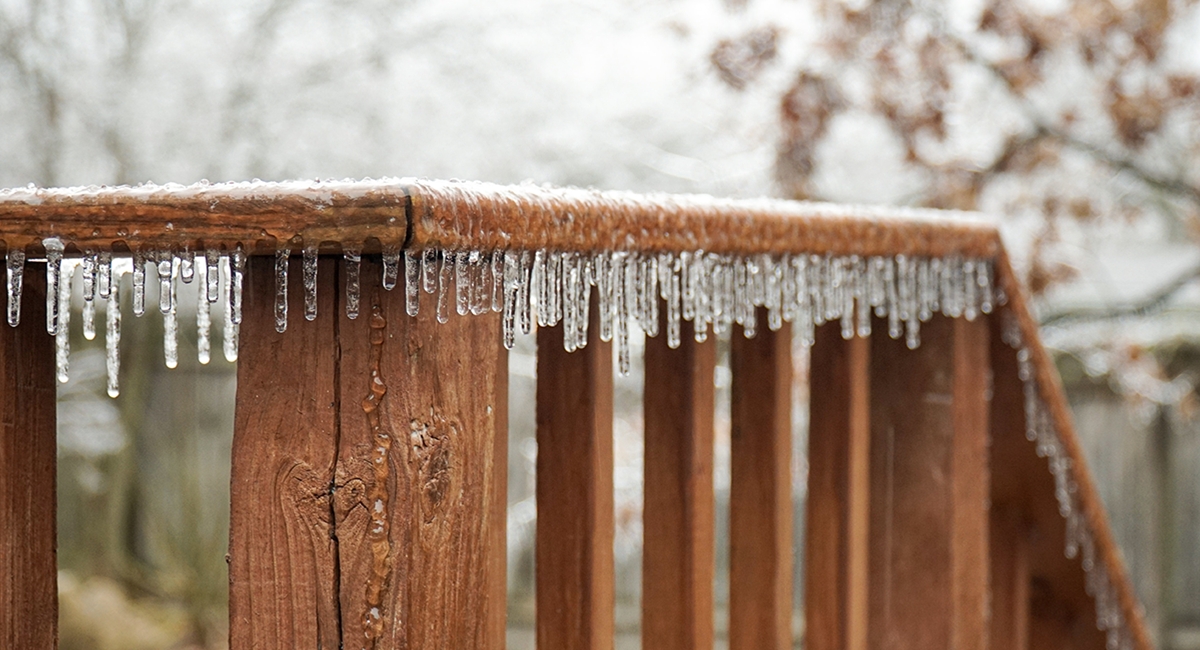Winter is coming and, if you own your home, you are probably wondering what you need to do to prepare for the chilly season. The cold weather brings with it some harsh conditions that can cause some major damage to your house if you don’t take the right preventive measures ahead of time. We’ve come up with a list of 10 things you can do to be better prepared for the season and keep your home as safe as possible this Winter.
Outside Your House
1. Protect Your Cement Walkways/Driveway
Although cement might seem indestructible, it can actually be quite vulnerable during the Winter months. Cement is porous and can absorb water; when temperatures drop and the water freezes, this will cause the water to expand and cracks can begin to form overtime. For the best protection, it’s recommended to seal any cemented areas outside of your home to prevent cracks from ever appearing. Make sure to apply your sealant before temperatures drop too much (50 degrees is usually the lowest temperature recommended), refer to the application instructions to be sure. A seal will last for 2-3 years after being applied.
If you’re not able to make the investment right now and seal your driveway, make sure to shovel or plow these areas as often as possible when snow falls. By keeping the moisture in these areas to a minimum, you can avoid severe damage. Also make sure not to use any salts or chemical de-icers on your unsealed concrete, this can also cause severe damage to your driveway and walkways.
2. Trim Trees & Clean Gutters
Trim back any tall trees near your home and remove dead or dying branches. This will not only make your yard look more attractive but will also prevent any potential damage to your home during a Winter storm. While you’ve got the ladder out, remember to clean out any debris and leaves from your gutters. This will help to let water flow easily through the gutters and reduce the formation of icicles during Wintertime. Make sure to do this after the last leaves have fallen. 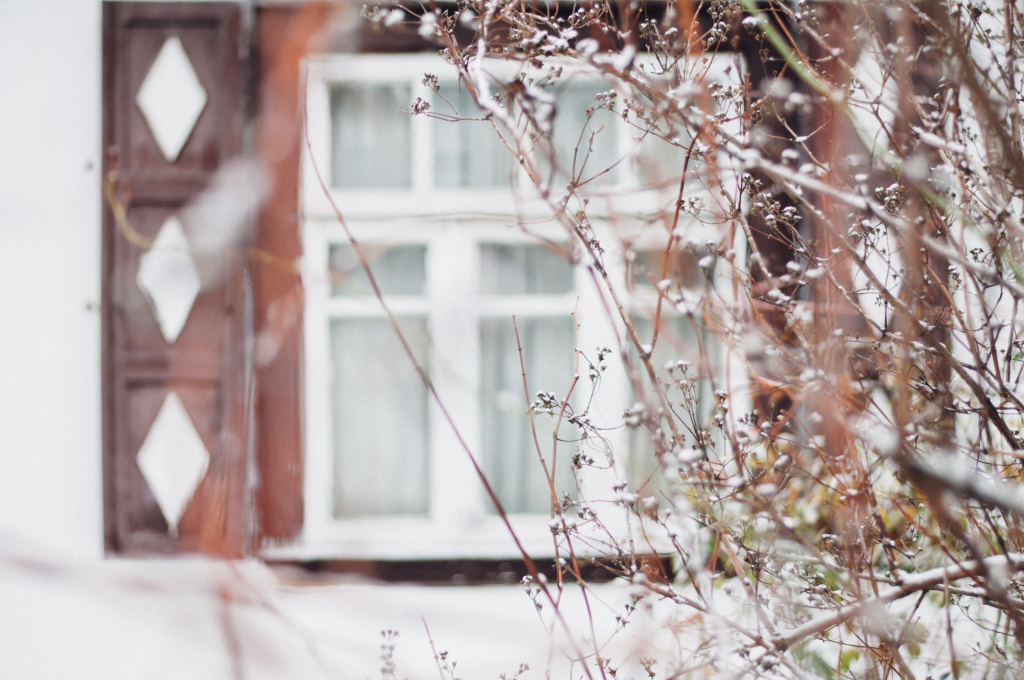
3. Put Away Your Hose
This one is simple, but important: disconnect your garden hose attached to the outside of your house before freezing temps occur. You most likely won’t be using the hose anyways and this is a crucial step necessary to avoid your pipes from bursting with our first freeze. Before you put your hose away for the season, make sure to drain out any excess water and store it in a clean, dry place until you need it next year. The hose bib (where your hose attaches to house) is already insulated, but for extra protection you can place a cover over the exterior.
4. Bring in Outdoor Furniture, Grills, and Equipment
To keep your outdoor furniture in tip top shape, make sure to store it in a dry place like your garage or a shed. This applies to any outdoor grills as well. For your outdoor equipment, like lawn mowers, weed cutters, etc., clean and maintain it prior to storing away for the season. To be extra prepared, double check that your winter tools like snow blower are in good working order for when you need them.
5. Patch Exterior Cracks
It’s a good idea to inspect your home’s exterior in search of any cracks or holes that may have formed. You can repair any imperfections you find using a foam insulation and caulk to prevent the cold air from entering your home in these areas.
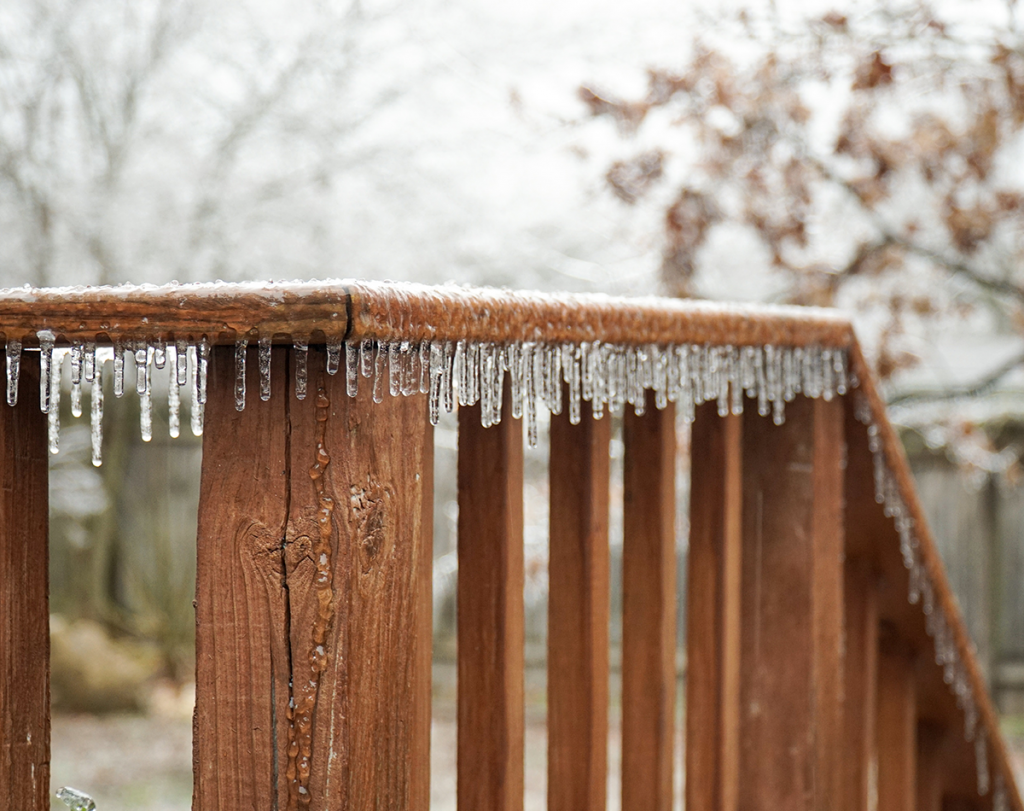
Inside Your House
6. Protect Your Pipes
Burst water pipes are the last thing you want to deal with this Winter, so being prepared ahead of time can go a long way. Locating your home’s water shut off valve is very important so that you can quickly cut off your water supply in case any issues do happen to arise. If you are unaware of where this is located, contact a professional to help you find it. Other ways to prevent damage to your pipes include maintaining your home’s temperature at a minimum of 65 degrees, insulating any pipes in unheated areas with insulation sleeves, etc. On especially cold nights, it’s a good idea to let cold water trickle out of your faucet to keep the water moving, making it less likely to freeze.
7. Seal Your Doors & Windows
Check all of your doors and windows to make sure the weather stripping is holding up well and keeping the cold air outside of your home. Replace any strips if necessary. Use caulk to seal any cracks around the inside of your windows and doors where cracks may have started to form. You can also put-up heavier duty curtains to further insulate your windows. Finally, consider placing a door draft stopper underneath any exterior doors that can let cold air in.
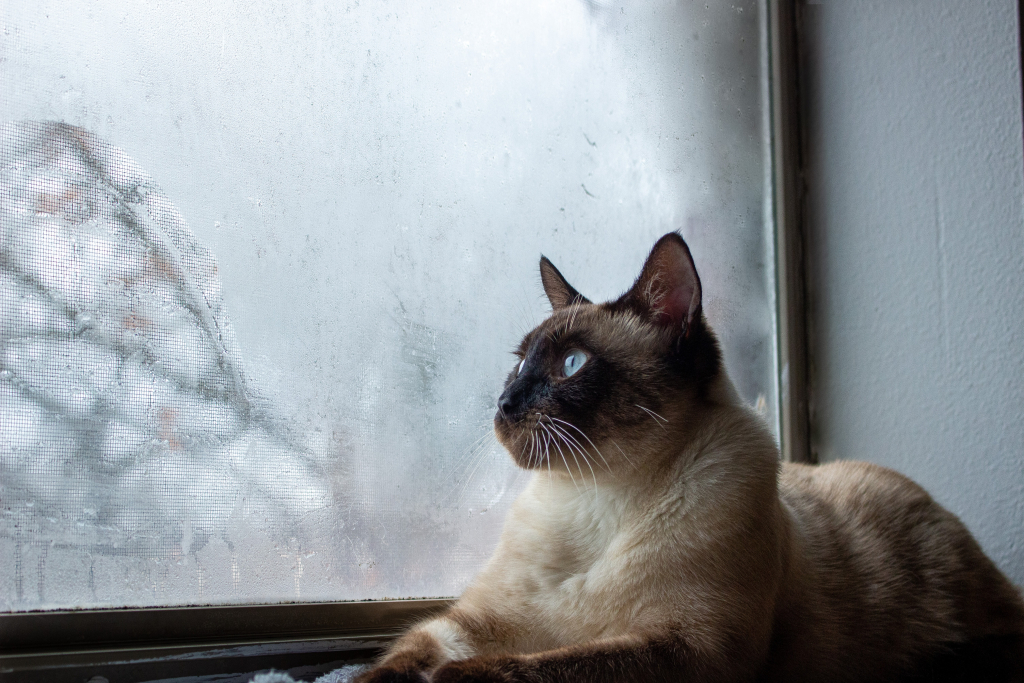
8. Adjust Your Thermostat To Eco Settings
Every new Real Home comes equipped with a top-of-the-line Trane HVAC system to keep your home’s temperature just right for you and your family. If you’re looking to conserve energy, while warming your home in the Winter, consider using some of the eco-settings to save on heating. Not only will this help heat your home more efficiently, it will also save you money on your heating bill at the end of the month.
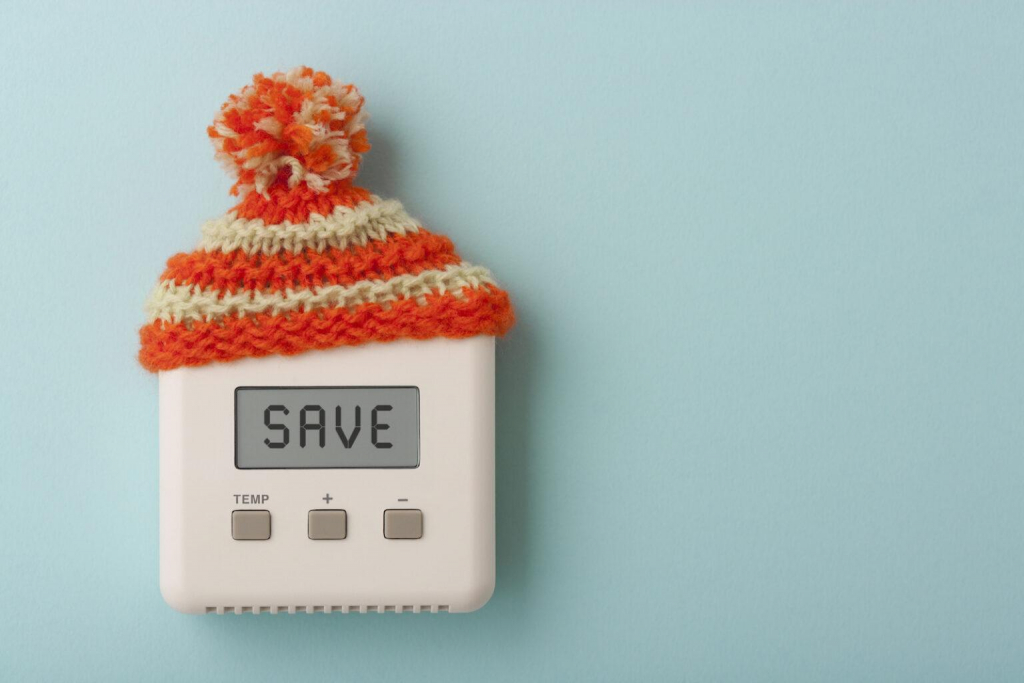
9. Change Your Air Filters
A good way to make sure your furnace is running smoothly and at its highest efficiency, is to change your air filter out every 1-3 months (or when visible dust and debris has built up). This will not only improve your indoor air quality and extend the life of your equipment, but it can also lower your energy bills and lessen the environmental impact of your system.
10. Double Check Your Alarm Systems
During the Winter months, fires are more common and the risk of carbon monoxide is increased with windows and doors being closed. It’s important to check your home’s monitoring systems ahead of time to make sure they are working perfectly and will keep you and your family safe. Check smoke alarms and carbon monoxide detectors to make sure they are in good working order and replace with new batteries if needed. You can also consider upgrading to alarms that will monitor your home using your phone, giving you the ability to track what is going on while you are at work, or out of town.
